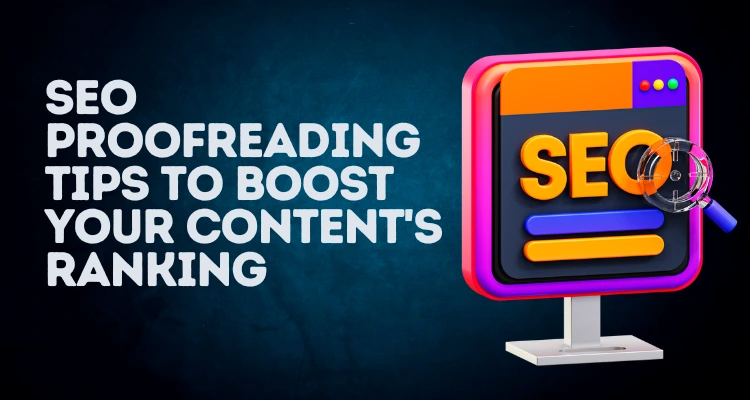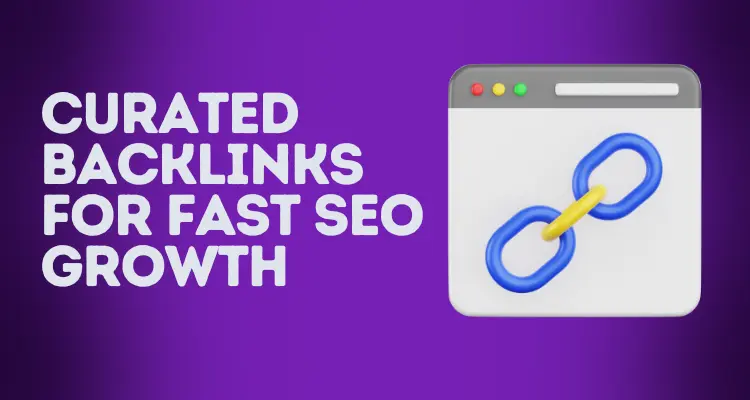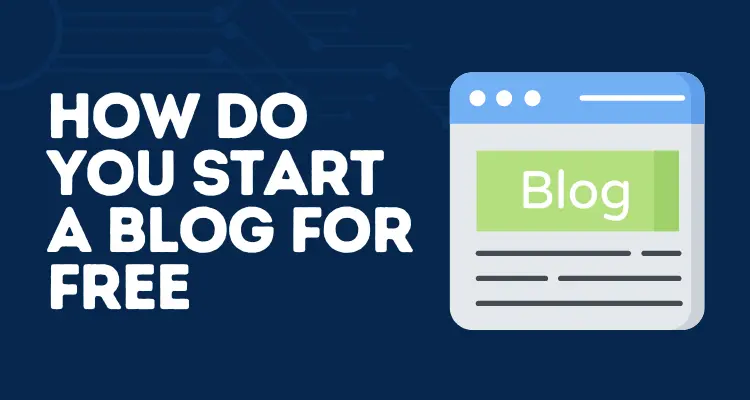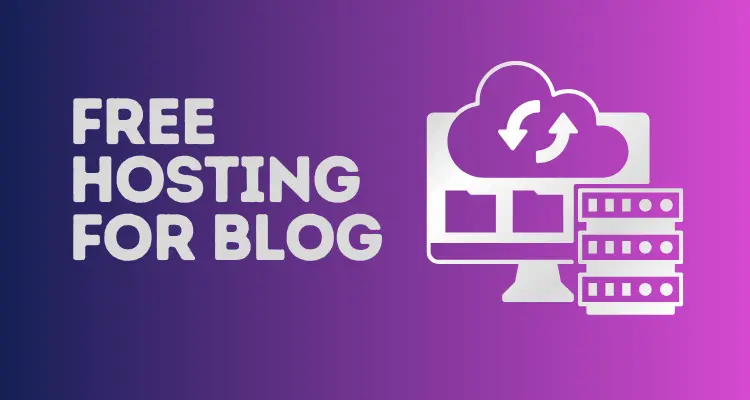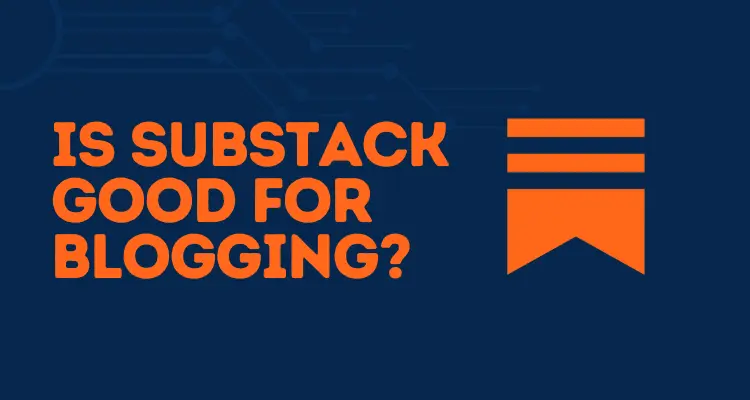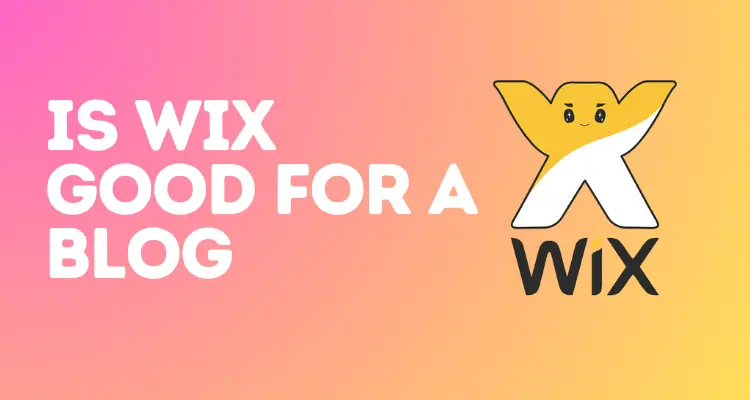Images are more than just decorative elements in blog posts; they are powerful tools that can significantly enhance your content’s appeal and effectiveness. Using images correctly not only helps to convey your message more clearly but also improves the overall user experience, boosting engagement and time spent on your site.
However, it’s crucial to understand how to use images in blog posts to avoid legal pitfalls and optimize your content for search engines.
How to Use Images in Blog Posts – The Importance
Images play a vital role in making your blog posts more engaging. They break up long blocks of text, making the content easier to read and understand. Well-chosen images can illustrate complex ideas, evoke emotions, and help convey your message more effectively.
Furthermore, posts with images tend to attract more attention on social media, increasing the likelihood of shares and driving more traffic to your site.
However, the way you use images in your blog posts can make or break your content. It’s not just about selecting a pretty picture; it’s about choosing the right image that complements your content and enhances the reader’s experience.
The Risks of Using Licensed Images Without Permission
One of the most common mistakes bloggers make is using images found on Google or Bing without checking the licensing terms. Just because an image is available online doesn’t mean it’s free to use.
Many images are protected by copyright laws, and using them without permission can lead to serious legal consequences, including fines and lawsuits.
Google and Bing are popular platforms for finding images, but they do not automatically filter results by license type. This means that many of the images you find may be licensed, requiring you to pay for their use or provide proper attribution.
Using a licensed image without permission is not only unethical but also illegal. Ignorance of copyright laws is not a valid defense, so it’s essential to understand the different types of image licenses and their requirements.
Understanding Image Licensing: Licensed vs. Unlicensed Images
Images are generally categorized as either licensed or unlicensed.
- Licensed Images: These images are protected by copyright and require permission or payment to use. Photographers and graphic designers create these images, and their work is their livelihood. If you use a licensed image without obtaining the necessary rights, you could face legal action.
- Websites like iStock, Shutterstock, and Adobe Stock offer high-quality licensed images. These platforms provide different pricing models, including subscriptions and pay-per-download options, allowing you to choose the plan that best suits your needs.
- Unlicensed Images: These images are available for public use without the need for payment or special permission. They may be in the public domain or covered by Creative Commons licenses, which allow for free use under certain conditions.
- Public Domain Images: These are images whose copyrights have expired or have been waived by the creator. They can be used without any restrictions. Websites like Public Domain Pictures and Wikimedia Commons are excellent sources for public domain images.
- Creative Commons Licensed Images: These images are free to use, but they come with specific conditions. Some may require attribution, while others might limit the way you can use them. It’s crucial to read and understand the license before using such images. Websites like Pixabay, Unsplash, and Pexels offer a wide range of Creative Commons-licensed images.
Where to Find Free Images for Your Blog Posts
If you prefer not to spend money on images, there are numerous websites where you can find high-quality images for free. However, even free images come with certain rules, especially regarding attribution. Here’s a list of some of the best resources for free images:
- Pixabay – Offers a vast collection of free images and videos, with no attribution required. However, giving credit to the author is appreciated.
- Unsplash – Provides beautiful, high-resolution photos that are free to use for both personal and commercial projects. No attribution is required, but it’s always a good practice to credit the photographer.
- Pexels – A great source for free stock photos and videos. Like Unsplash, no attribution is required, but it’s encouraged as a gesture of appreciation.
- Flickr – While not all images on Flickr are free to use, it has a large selection of photos under various Creative Commons licenses. Be sure to check the specific license before using any image.
- Freepik – Offers free images, illustrations, and vectors. Most images require attribution, but the platform also provides premium content for a fee.
Attribution Types: What You Need to Know
When using free images, especially those under Creative Commons licenses, it’s essential to understand the different types of attribution. Attribution is a way of giving credit to the original creator of the image. Depending on the license, you may be required to provide attribution in a specific manner. Here are the most common types of Creative Commons licenses:
- Attribution (CC BY): This license allows you to use, share, and adapt the image, even for commercial purposes, as long as you give proper credit to the original creator. For example, if you use a photo from Flickr under this license, you might include a credit like “Photo by John Doe on Flickr.”
- Attribution-ShareAlike (CC BY-SA): You can use and modify the image for any purpose, including commercial, but you must credit the original creator and distribute your derivative work under the same license.
- Attribution-NoDerivs (CC BY-ND): This license allows you to use the image for any purpose, including commercially, but you cannot alter the image in any way. Attribution is required.
- Attribution-NonCommercial (CC BY-NC): You can use and modify the image for non-commercial purposes only, and you must credit the original creator.
- Attribution-NonCommercial-ShareAlike (CC BY-NC-SA): This license is similar to CC BY-SA, but it limits usage to non-commercial purposes. Attribution and sharing under the same license are required.
- Attribution-NonCommercial-NoDerivs (CC BY-NC-ND): This is the most restrictive license. You can only download and share the image with others as long as you credit the original creator. You cannot change the image in any way or use it for commercial purposes.
Understanding these licenses is crucial for avoiding legal issues and respecting the rights of creators.
How to Find Free-to-Use Images on Google
Google offers a powerful tool for finding free-to-use images, but you need to know how to filter your search results by license type. Here’s a step-by-step guide on how to do it:
- Go to Google.com.
- Enter the keyword for the image you need (e.g., “makeup”).

- Once the pictures load, what you see is not filtered by the licens
- Go to settings
- Click on Advanced search

- On the usage right option, click on free to use or share even commercially

How to Use Images in Blog Posts – Optimizing Images for SEO
In addition to finding the right images, it’s important to optimize them for search engines. SEO (Search Engine Optimization) helps your content rank higher in search engine results, driving more traffic to your blog. Here’s how to use images in blog posts to improve your SEO:
- Use Descriptive Filenames: Before uploading an image, rename the file with a descriptive, keyword-rich filename. For example, instead of “IMG1234.jpg,” use “makeup-tutorial-steps.jpg.” This helps search engines understand what the image is about.
- Add Alt Text: Alt text (alternative text) is used by search engines and screen readers to understand the content of an image. Make sure your alt text is descriptive and includes your focus keyword, but avoid keyword stuffing. For example, if your focus keyword is “how to use images in blog posts,” an appropriate alt text might be “Example of how to use images in blog posts to enhance user engagement.”
- Compress Images: Large image files can slow down your website, negatively impacting both user experience and SEO. Use tools like TinyPNG or ImageOptim to compress your images before uploading them. This reduces the file size without sacrificing quality, ensuring your site loads quickly.
- Use Responsive Images: Responsive images adapt to different screen sizes, ensuring they look good on any device, whether it’s a desktop, tablet, or smartphone. This is crucial for maintaining a good user experience, as more users access content via mobile devices.
- Create Image Sitemaps: If your blog is image-heavy, consider creating an image sitemap. This helps search engines discover and index your images, improving your visibility in search results.
How to Use Images in Blog Posts – Conclusion
Understanding how to use images in blog posts effectively is essential for creating engaging content that resonates with your audience and ranks well in search engines. From choosing the right images and understanding licensing to optimizing for SEO, every step matters.
What challenges have you faced when using images in your blog posts? Do you have any favorite sources for free images, or tips for optimizing them? Leave a comment below to share your thoughts and join the conversation!

